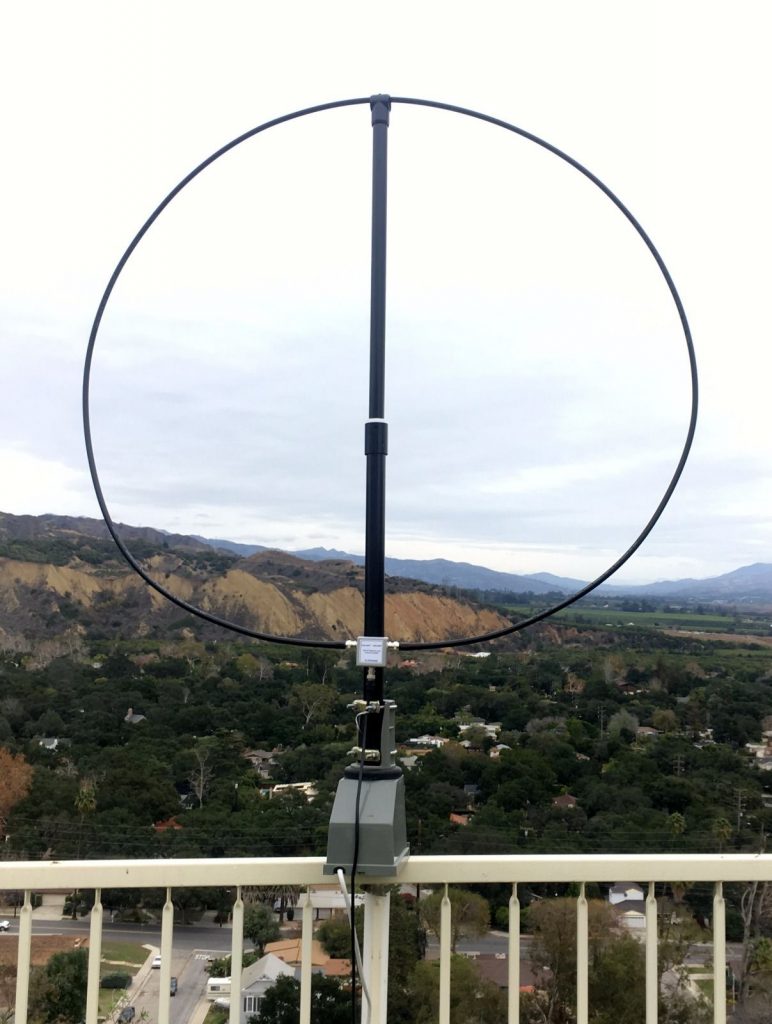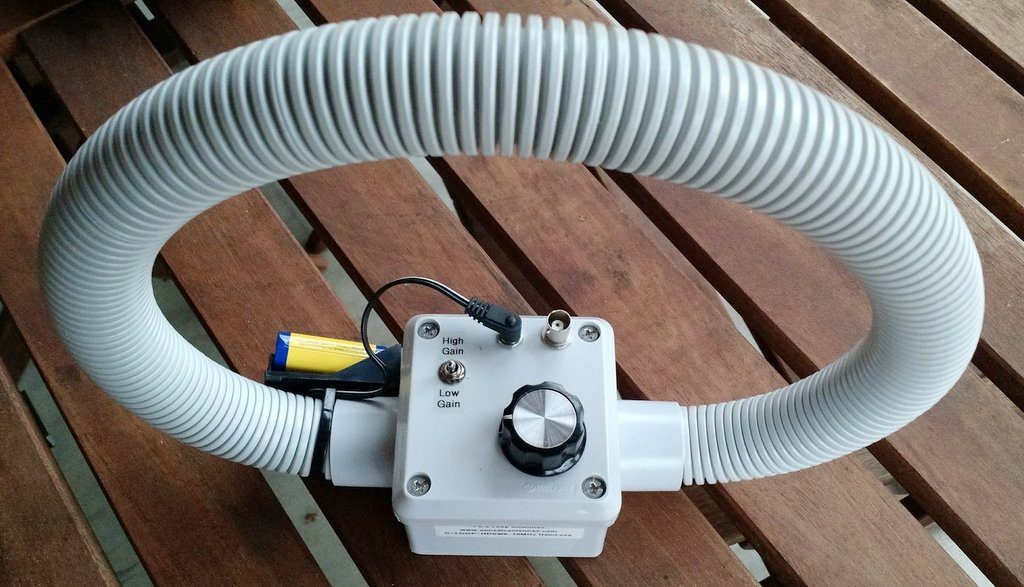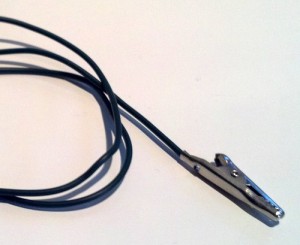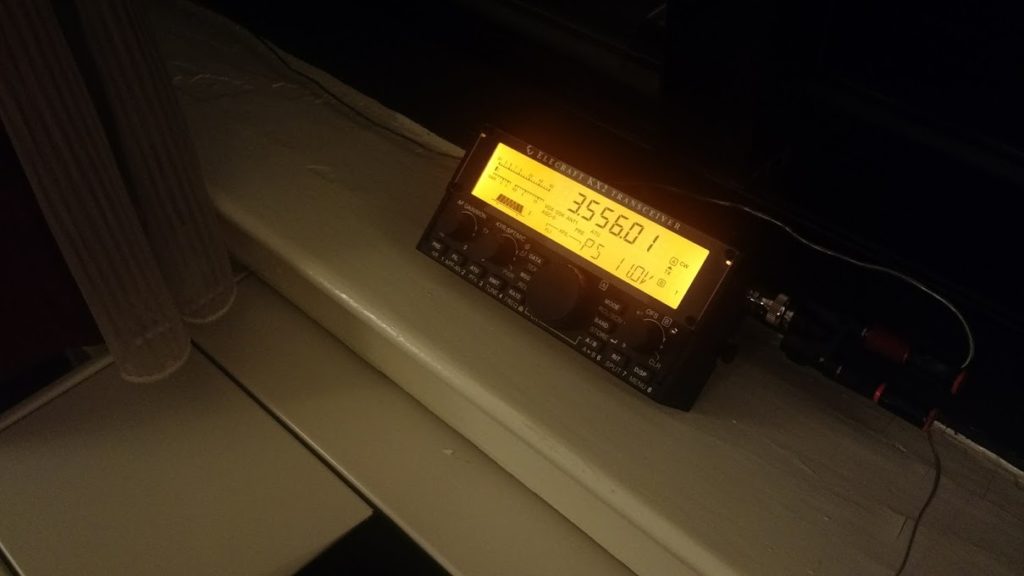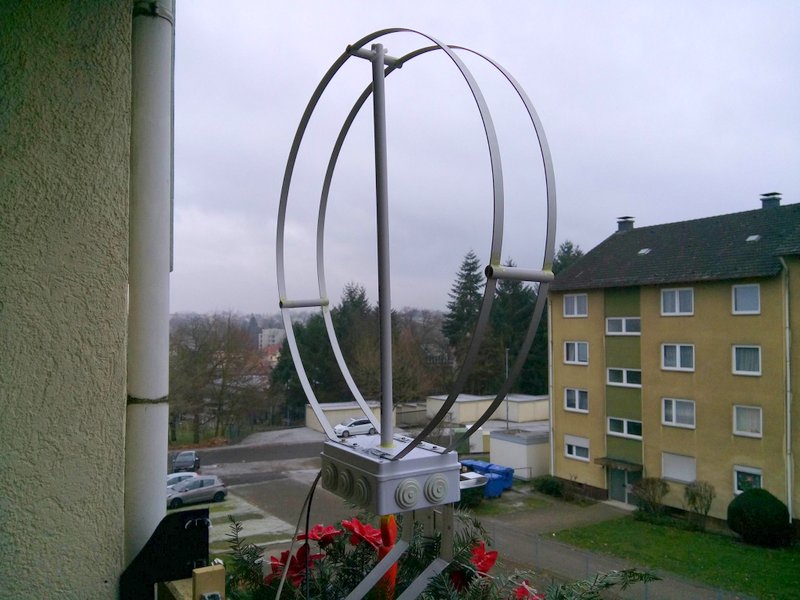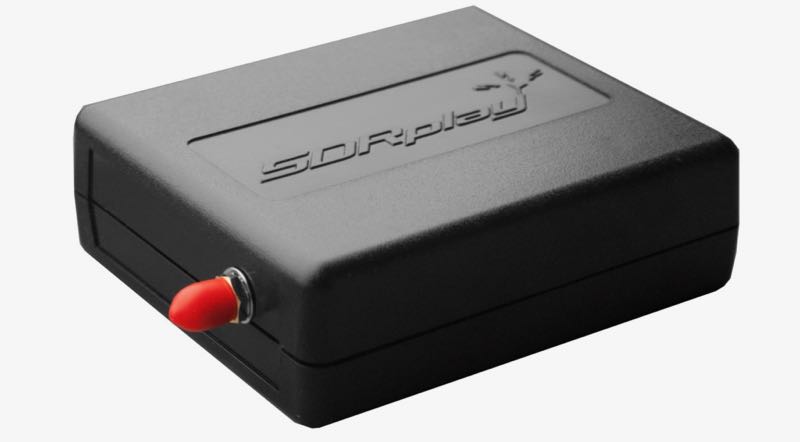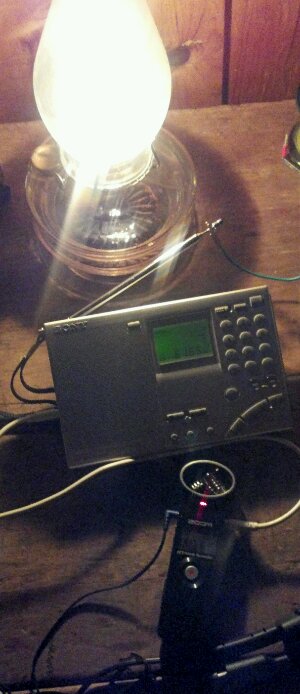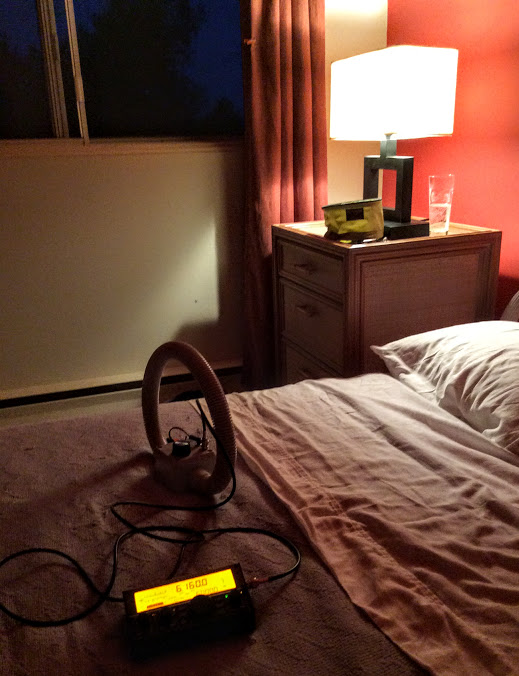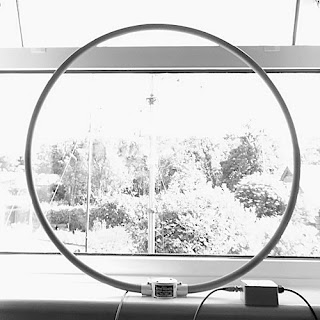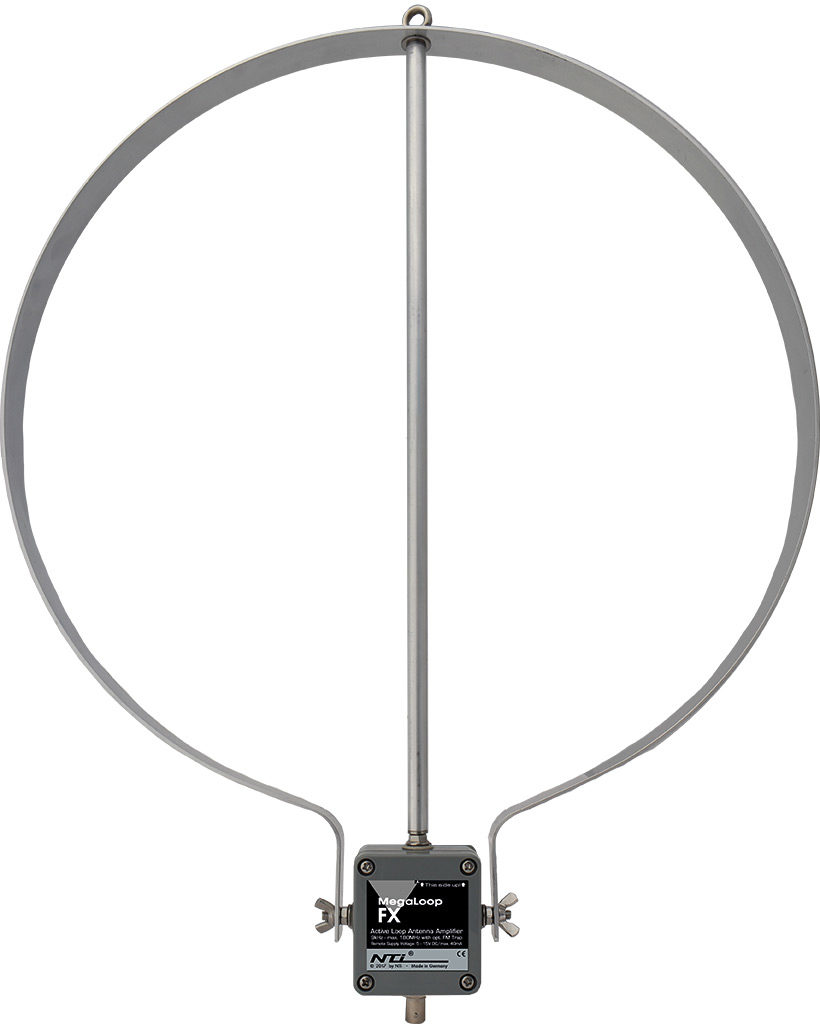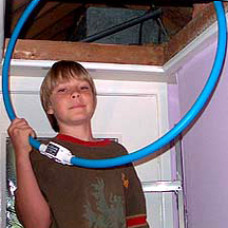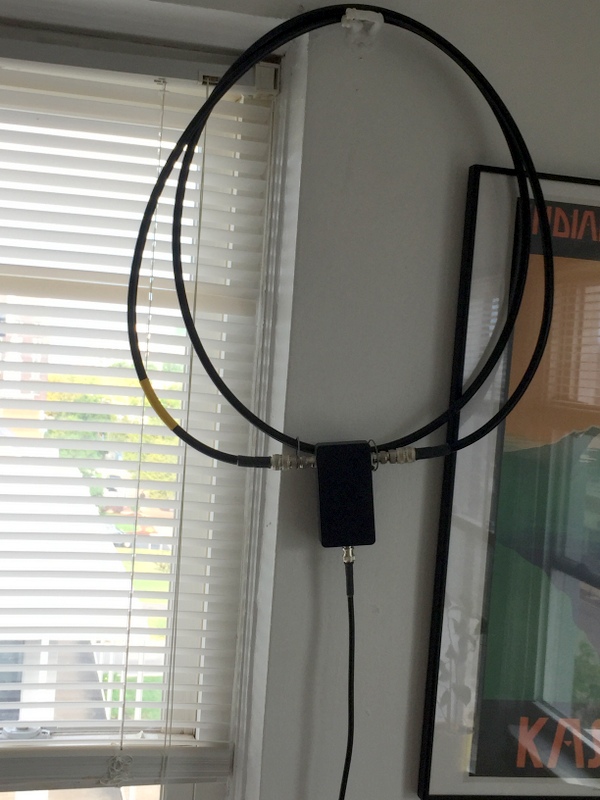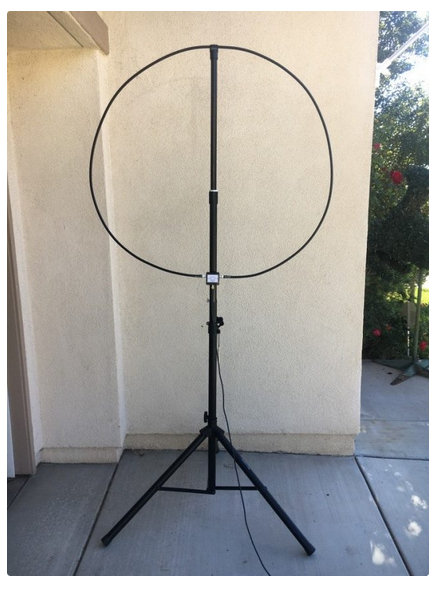Many thanks to SWLing Post contributor, Tim, who writes:
I am a regular subscriber here, but until now have not formally commented. I’ve been an avid SWL since 1977.
I am intrigued by your in-depth article on understanding and setting up SDR’s. But, what about an antenna? How well will these radios work for someone who is an apartment dweller?
I live here in South Florida and am unable to erect anything outdoors. I do get pretty good reception on my Grundig Satellit 800 and Tecsun PL-880. For these, I use either an indoor slinky antenna I bought on E-Bay; or an active indoor tunable loop antenna. This is one of the models past reviewed by you. It is Australian made, and covers 6-18 MHz. Please comment if you can on antenna usage.
Thank You very much!
First of all, I’m glad you enjoy the SWLing Post, Tim!
Great question: no doubt you understand that the antenna is the most important part of your radio equation!
It sounds like you’re currently using a slinky antenna and a portable PK Loop HF antenna.
You’re on the right track with a PK Loop if you live in an apartment and have no way of putting an antenna outdoors. Being a small magnetic loop antenna, the PK Loop should help mitigate a bit of the noise in your apartment building.
What I love about the PK Loop is it’s small enough that you can re-position and rotate it to tweak noise rejection and find the quietest spot in your listening room. When I travel by car and even by air, the PK Loop is a welcome companion.
Before we talk about investing in a better indoor antenna, let’s make sure we cover a more affordable option first…
External wire antennas
If you have operable windows in your apartment, even fishing a thin-gauged wire out of your window–allowing it to simply hang along the outside of the building–could improve your reception significantly. Of course, if there’s a source of noise outside of your apartment it might only make things worse, but this is at least an inexpensive experiment and the results might impress you.
I actually tested this theory once and published the following results in a previous post about the PK Loop:
I had a fantastic opportunity to evaluate how well the PK Loop would perform in a typical hotel room. My buddies Eric (WD8RIF), Miles (KD8KNC) and I stayed overnight in a hotel on Wright-Patterson Air Force Base during our mini National Parks On The Air DXpedition.
The hotel room was indeed dense with RFI.
We hooked my Electraft KX2 to both the PK Loop and to a simple random wire antenna.
Without a doubt, the PK Loop was much better at mitigating radio noise than the wire antenna we hung on the inside of the hotel window.
Unlike most modern hotels, however, this one actually had operable windows, so we tossed the random wire out the window and made another comparison. In this case, the external wire antenna consistently outperformed the PK Loop, no doubt because it had the advantage of being outside the radio noise cloud within the hotel’s walls. It goes to show that outdoor antennas–even if simply hanging from a room window–will almost always outperform comparable indoor antennas.
So, if you have a way to dangle a wire out one of your window, give this a try.
How long should the wire be? I suppose it depends on how much vertical space you have below your window. For starters, I’d try to suspend at least eight feet of wire outside. If I had the vertical space, I’d try as much as 31 feet.
Important: First you must check to make sure your wire couldn’t possibly touch electrical lines. Never lower a wire outdoors if the wind could blow it into an electric service entry point, power line or any other type of line or cable. You should do a thorough inspection of the site first.
With that said, keep in mind: Stealth is key!
Use a thin wire with a black or dark jacket/insulation. Only lower it when using it–don’t leave it out all day long. Check to make sure your antenna isn’t going to interfere with your neighbors below (like landing in their outdoor grill or flower pots!). One strong complaint from neighbors could shut down your operation permanently.
Now back to loops…
If you don’t have operable windows or a way to deploy a wire antenna outside–or you’ve tried a wire antenna and results were unsatisfactory–then you will be forced to stick with indoor antennas which almost always leads you down the path of larger amplified wideband magnetic loop antennas.
This is a topic I covered extensively earlier this year.
Please read the post: Indoor shortwave antenna options to pair with a new SDR.
Keep in mind that if you’re fortunate enough to have a balcony, this is where you should mount your loop antenna. Check out this post by SWLing Post contributor, Klaus Boecker.
Note that there are a number of sub $100 indoor amplified antennas on the market, but I would avoid using them–click here to read my thoughts about these.
In addition, read through this post which includes practical low-to-no-cost tips and best practices for shortwave listening at home and on the go.
Frugal SWLing: Investing little, but getting a lot out of your radio
I’m plotting to write a more in-depth article about antennas in the coming months, but it will focus on external antennas and methods of mounting them. When you have no means of mounting an antenna outdoors, in my opinion, your best options are the ones mentioned above.
Post readers: Have I overlooked an indoor antenna option? Please comment if you have experience with indoor antennas!
Do you enjoy the SWLing Post?
Please consider supporting us via Patreon or our Coffee Fund!
Your support makes articles like this one possible. Thank you!

